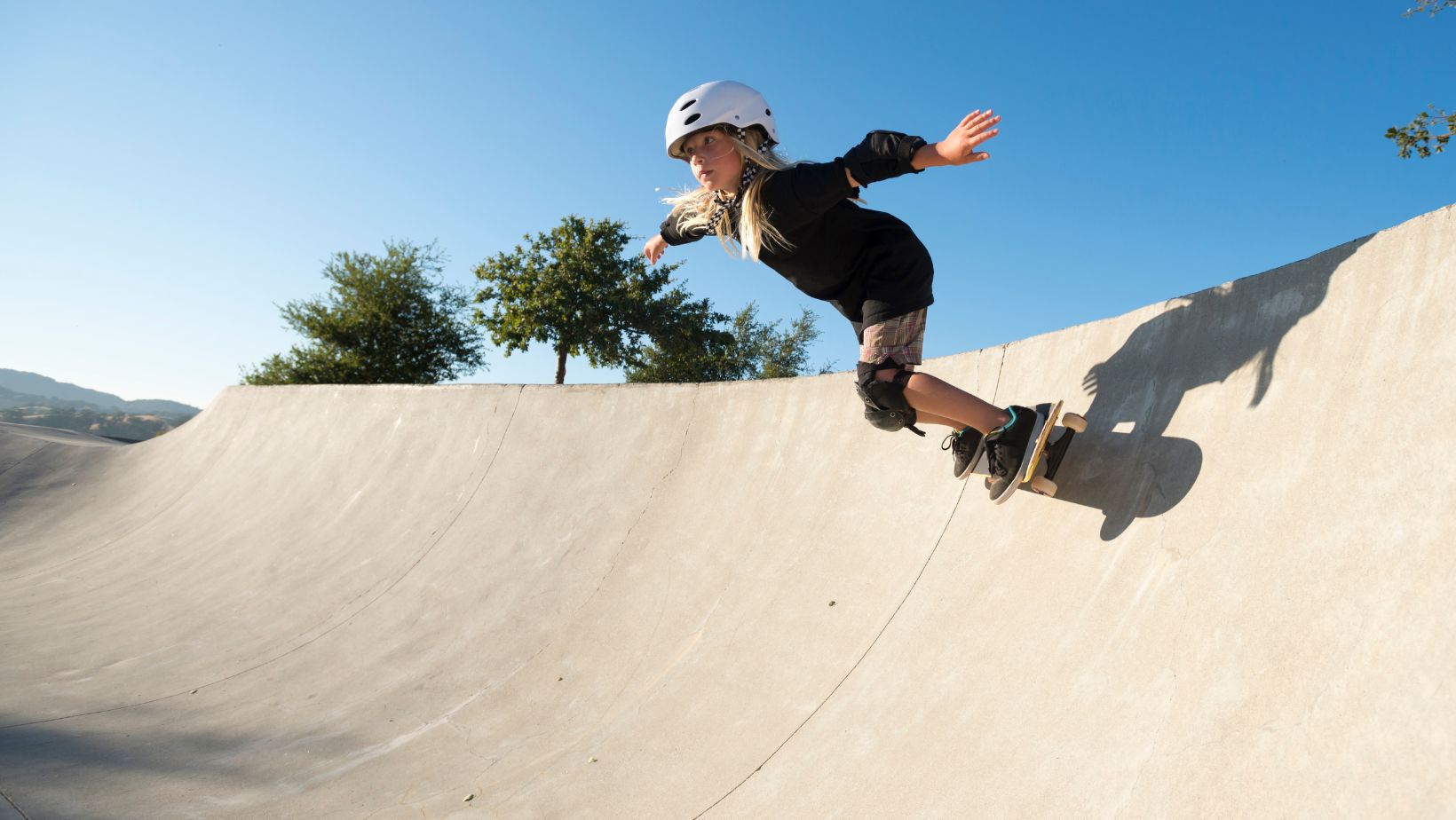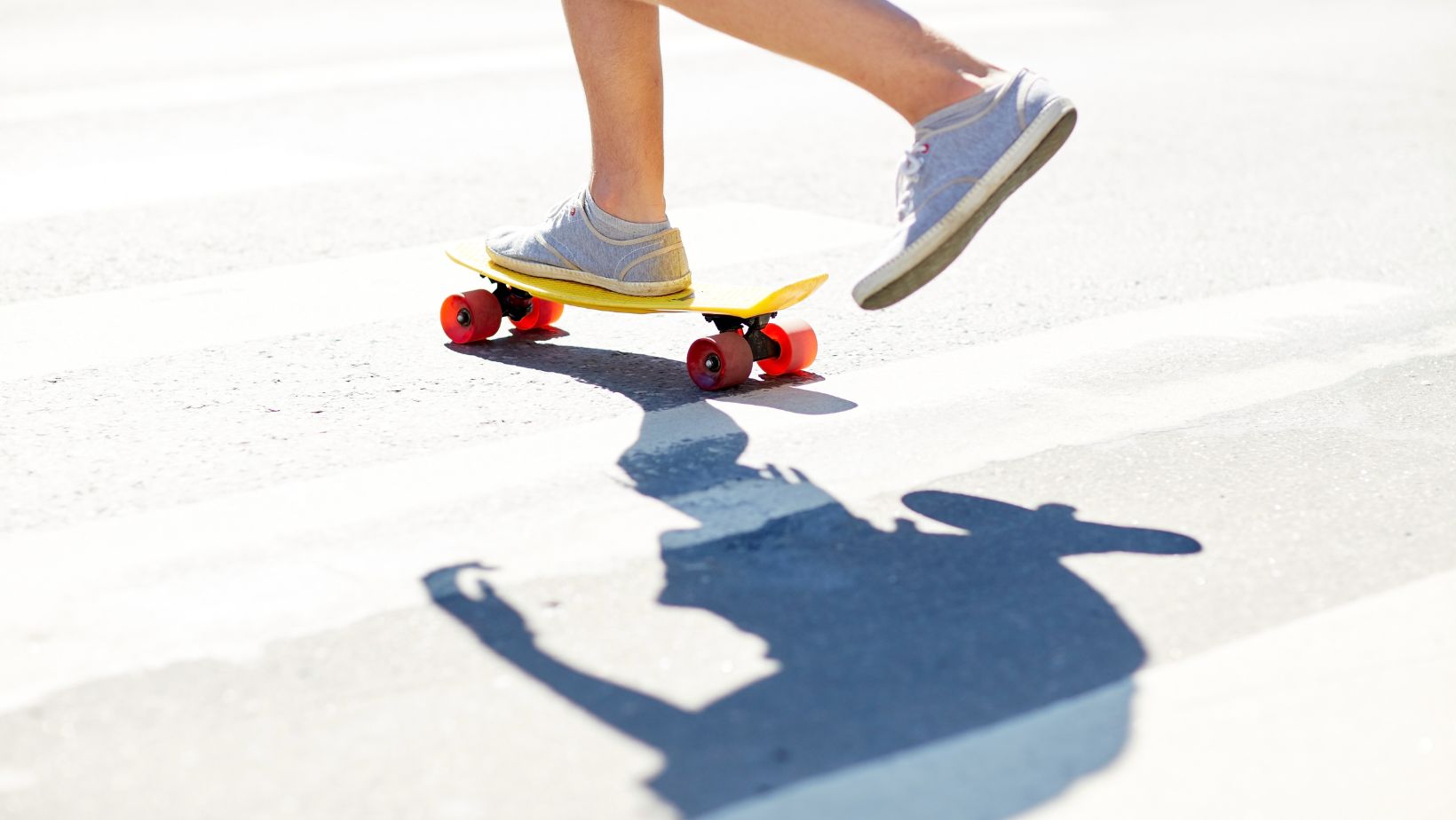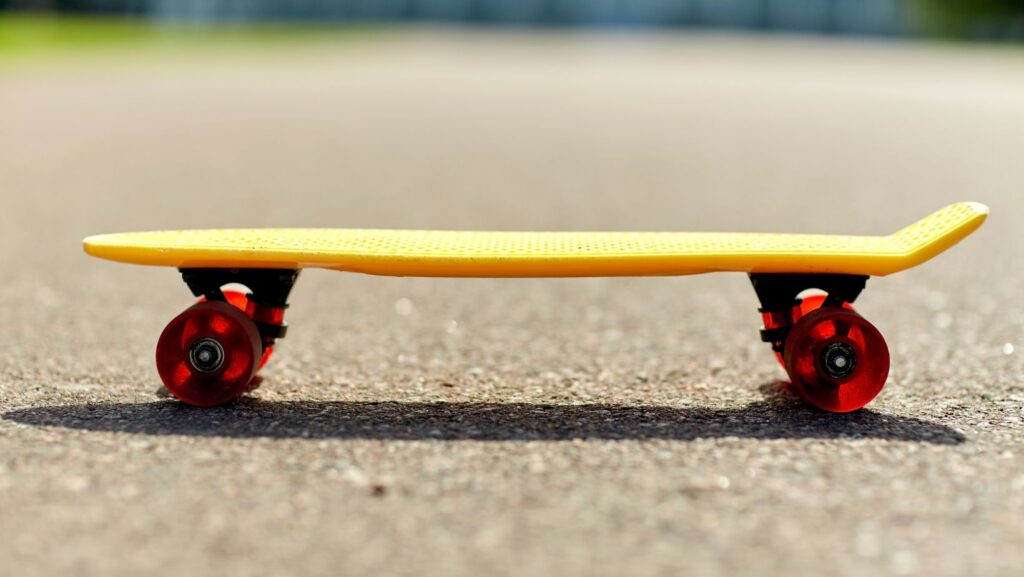
Short skateboarding, a thrilling blend of agility, speed, and creativity, has captivated enthusiasts worldwide. This dynamic sport, often overshadowed by its traditional counterpart, offers a unique challenge and excitement to those who dare to master its compact form. With boards significantly shorter than the standard, riders maneuver through obstacles and perform tricks with remarkable precision and flair.
The allure of short skateboarding lies not just in its physical demands but also in the culture that surrounds it. It’s a testament to the skater’s skill, pushing the boundaries of what’s possible on four wheels and a piece of wood. As this niche within skateboarding continues to grow, it attracts a diverse community eager to explore its potential and redefine the limits of the sport. Whether you’re a seasoned skater or new to the scene, short skateboarding promises an exhilarating experience that’s hard to ignore.
Short Skateboarding
Evolution From Longboarding

Short skateboarding, distinguished by its shorter deck length, has evolved significantly from longboarding. Originally, longboards were favored for their stability and ease of control, particularly suitable for cruising and downhill racing. They typically range from 33 to 60 inches in length, providing a smooth ride over longer distances. However, as the skateboarding culture shifted towards more technical and freestyle skating, the demand for a more nimble and versatile board grew. Enter short skateboards, typically measuring between 28 to 32 inches, which offer enhanced maneuverability and the ability to perform a wide range of tricks that longboards cannot accommodate. This transition marks a significant evolution in skateboarding, reflecting riders’ desires for a more dynamic and challenging experience.
Why Short Skateboards Have Gained Popularity
Short skateboards have surged in popularity due to several key factors. Firstly, their compact size makes them highly portable, allowing skaters to easily carry them in urban environments or fit them into backpacks. This convenience is particularly appealing to those who use their boards for commuting or who wish to skate at multiple locations in a single outing. Secondly, short skateboards excel in performing tricks and navigating skateparks, with their reduced length enabling quicker spins, flips, and aerial maneuvers. This capability attracts skaters interested in honing their technical skills and expressing creativity through complex routines. Thirdly, the short skateboard’s agile nature suits the cramped spaces and obstacles found in urban settings, turning cityscapes into potential skate zones.
Features of Short Skateboards
Deck Design and Material
The modern short skateboard boasts a compact and lightweight deck, often ranging from 28 to 32 inches in length. Manufacturers typically use high-quality, durable maple wood to craft these decks, ensuring a blend of flexibility and strength ideal for performing tricks and withstanding the impact of skateboarding on varied terrains. Some models incorporate bamboo or fiberglass layers, enhancing resilience and reducing weight. The design often features a pronounced concave shape and kicktails on both ends, which are essential for executing a wide array of tricks.
Wheels and Trucks Comparison

Wheels and trucks significantly influence the performance of short skateboards. Compared to longboards, short skateboards have smaller, harder wheels, typically in the 50 mm to 54 mm range, with durometers above 99A. These characteristics contribute to increased responsiveness and precision during tricks. The trucks, usually narrower, complement the compact size of the board, offering enhanced maneuverability and turning capability. They are designed to be lightweight yet strong, made from materials like aluminum or titanium, to facilitate quick movements and aerial maneuvers without compromising the board’s structural integrity.
Portability and Use in Urban Environments
One of the most appreciated features of short skateboards is their portability. Their small size and lightweight nature make them easy to carry around, perfect for urban commuters or students who use them as a means of transportation across campuses or through city streets. This portability, combined with the agility of short skateboards, makes navigating through crowded urban environments more efficient, providing a practical and enjoyable option for daily mobility. Additionally, the compact design allows for easy storage in lockers, backpacks, or under desks, making short skateboards not only a tool for recreation and sport but also an integral part of urban lifestyle and transport.

